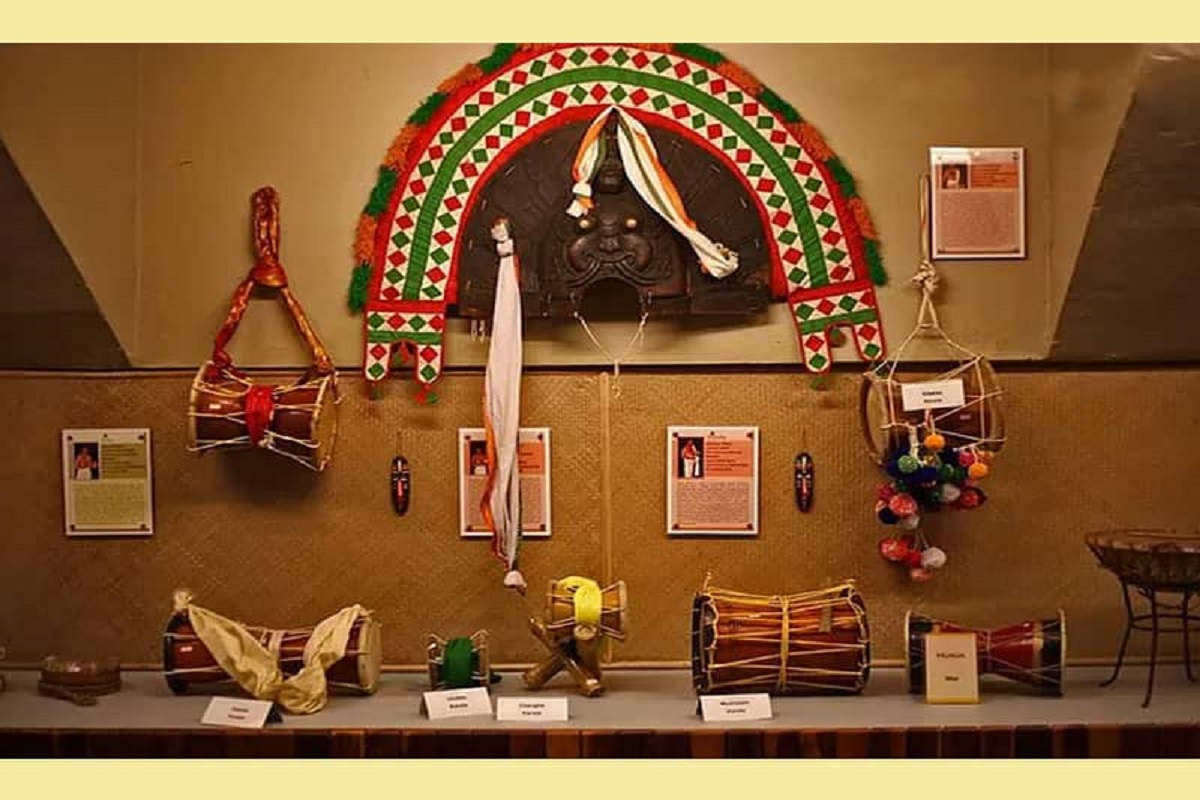In an effort to restore and keep alive the spirit of lost glory of disappearing musical instruments related to folk and tribal art, the Eastern Zonal Cultural Centre (EZCC), under the Ministry of Culture has recently launched Vadya Vatika Museum at its Salt Lake campus.
Apart from instruments from the nine eastern states, the museum hosts instruments from other states too. Vadya Vatika has more than thousand such instruments.
Advertisement
Director of EZCC Ashis Giri said, “The focus is to keep the tradition of folk and tribal art alive, give publicity and patronise such instruments. Vadya Vatika has folk instruments from not only eastern India but also from other states, a few of them lost.”
The EZCC is also making efforts to digitise the museum so that a visitor can get to hear the instruments and read a small description of the instrument at the touch of a button. The centre is in talks with NCSM for this.
The Centre at its Bolpur office has created Srijani Shilpagram huts from nine states to preserve the cultural heritage. “We also invite and bring artistes from these states to perform. There is also a light-and-sound show. We are also trying to create another museum there for the various masks and dolls. These masks are used during various folk dances like Gambhira, Chhau, Mukha, Sai Jatra (Odisha), etc.”
The centre is also reaching out to folk and tribal artistes at block, village and panchayat levels. “We will do a cultural mapping, where we can get information about the art and artistes at the click of a mouse. There will also be an effort to give them more scope to perform at different parts of India through cultural exchange,” said the director.
Another work undertaken by the centre is more artistes, eligible for pension. Giri said the idea is to give them financial support so that the later generations are encouraged to carry on with the tradition. He informed that to get the masks for the museum, the centre is visiting different district clusters where masks are made such as Purulia, South Dinajpur and Doors. “We are doing workshops at these places where we pay artistes for attending it and also providing them with all the raw material. We plan to complete the mask museum within the financial year,” said Mr Giri.
